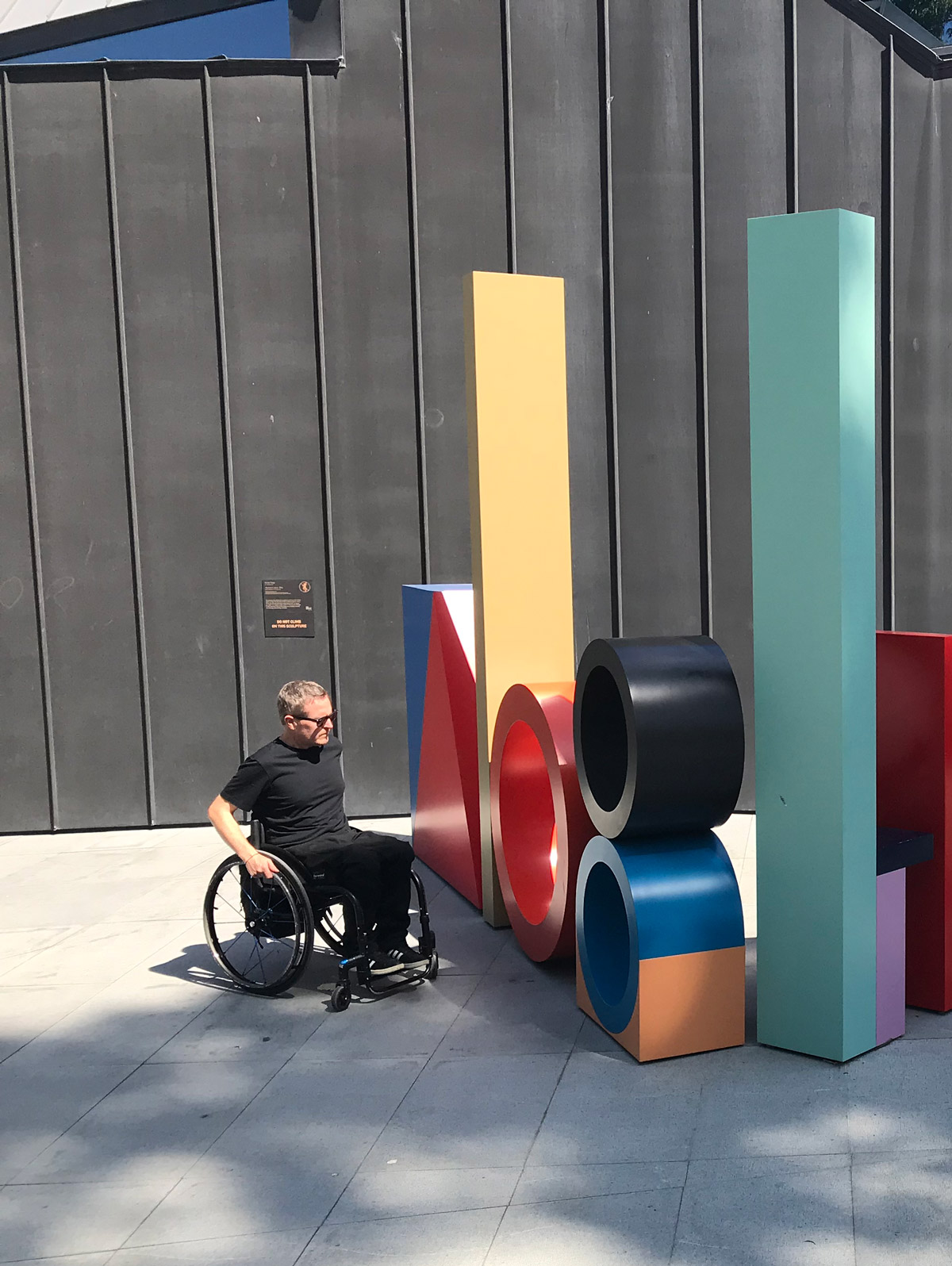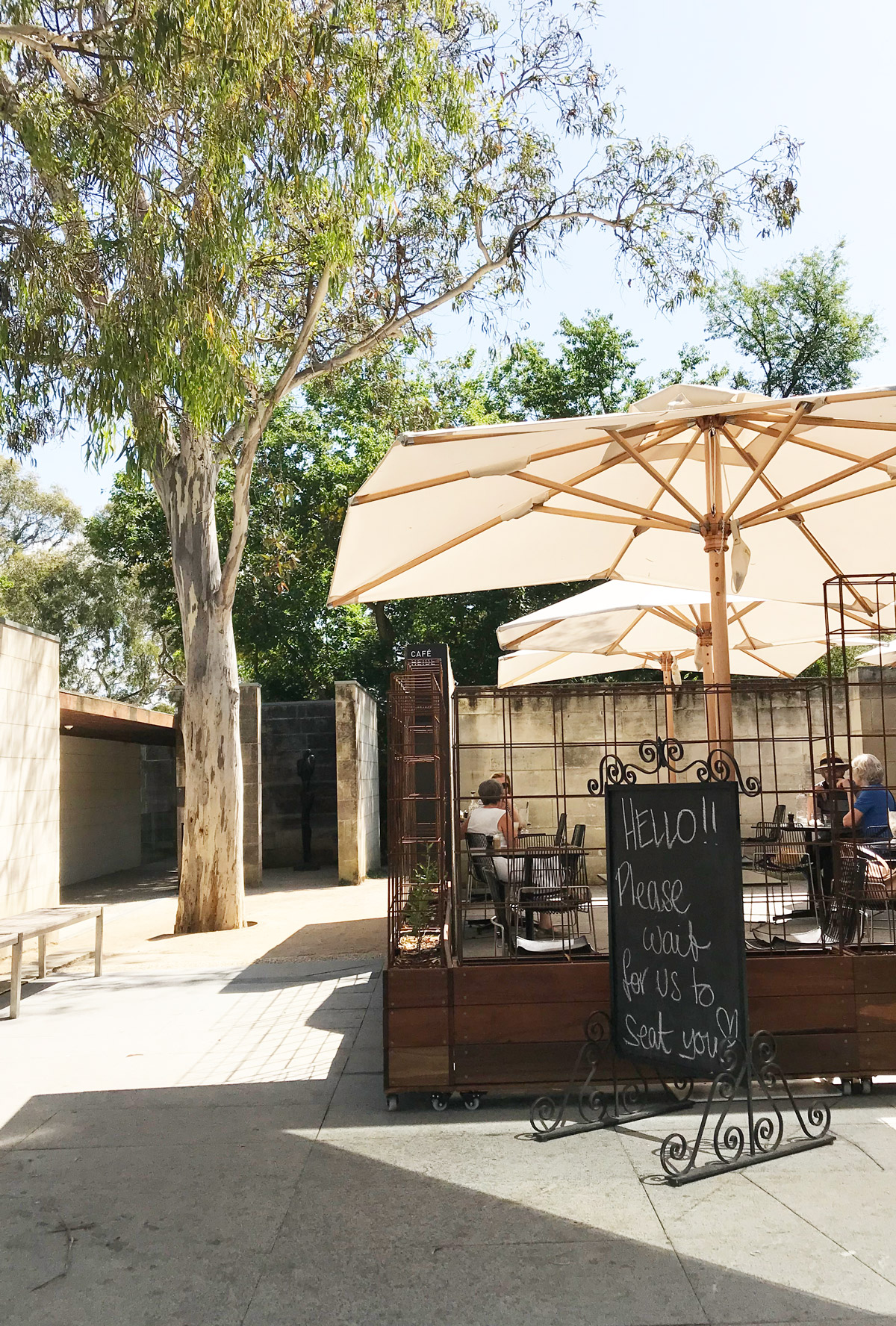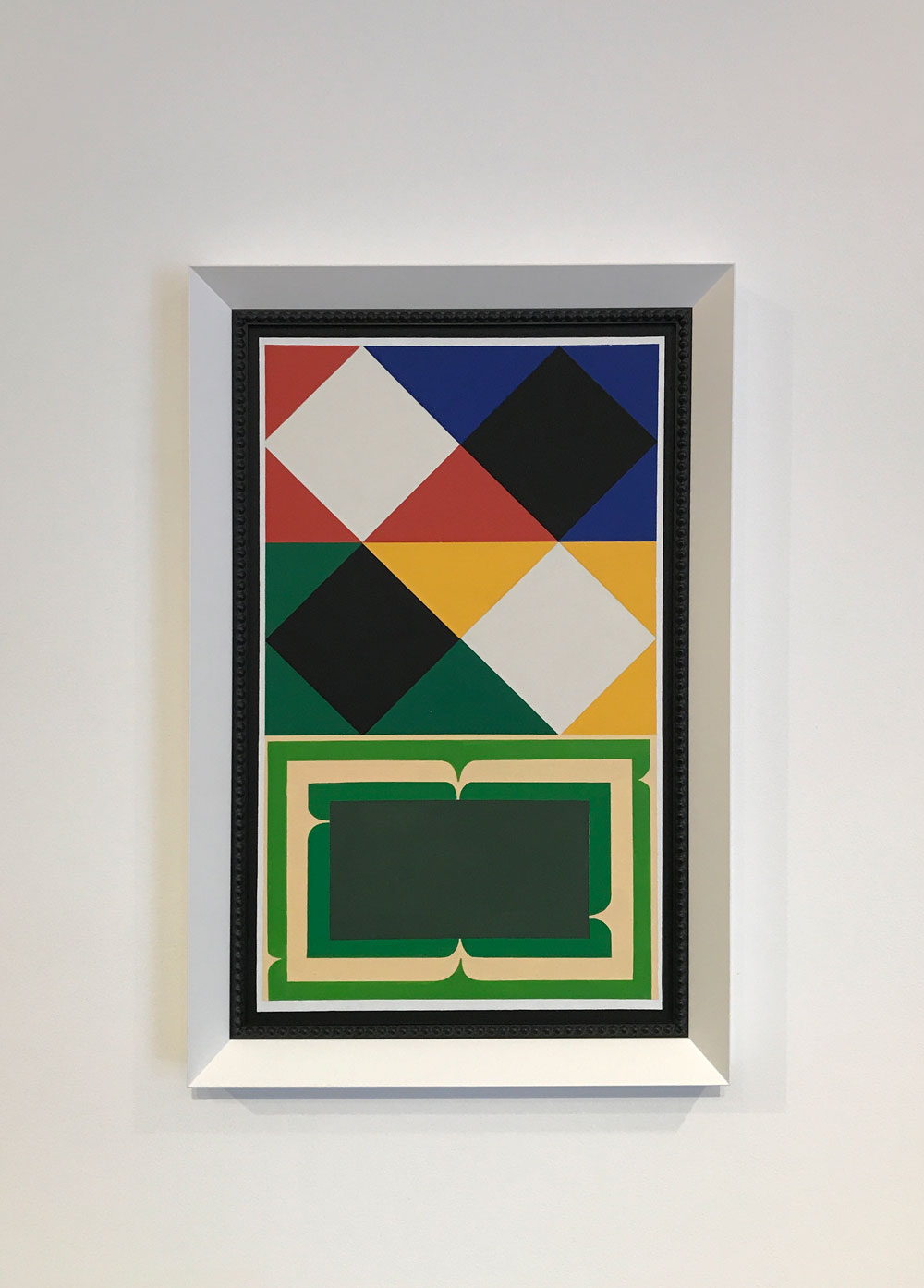Heide Museum of Modern Art
Art. History. Class. An afternoon at the Heide Museum of Modern Art - interesting exhibitions and the home to an important story in Australian art.
Heide gallery played, and continues to play, an important role the Australian art world. The exhibitions can sometimes over shadow the backstory of this place – for the whole picture here, take in the history as well as the artwork.
The Heide Museum of Modern Art, or Heide, is a farmhouse-turned-home-turned-gallery-turned-museum. There are a lot of layers and a lot of history here.
The galleries are set on 12 acres just 20 minutes’ drive from Melbourne. When arriving by car there are directions to an upper and lower carpark. Chose the lower one – it’s closer to the main buildings. The three buildings, Heide I, II & III, are so-named by date. The principle Heide III is all accessible and the original Heide I is pretty good. Take in Heide II if the day is quiet. With accessibility being what it is, wheelchair users will be offered a limited access, discounted ticket. (This is a heritage site with heritage buildings)
Feature exhibitions are held in Heide III, the contemporary black building noticeably the biggest and busiest. The central galleries in here are spacious and light-filled. The high ceilings and concrete floors fall away and the work becomes the focus. On display at ‘The Call of the Avante Garde’ were bold geometric modern paintings. The Jenny Watson work was both playful and powerfully feminine.
Café Heide is worth visiting, especially if you nab a seat in the outdoor area. The menu is simple but prepared with care and attention. There is an accessible toilet right next-door (and another in Heide III and the upper carpark).
Heide II, the 1960’s grey-brick modernist building next to the main space was built as a new home for the gallery founders John and Sunday Reed. It is a response to the architectural brief – ‘a gallery to be lived in’. A phrase we like very much. Less than half of the building can be accessed so on busy days, it’s best to head directly up to Heide I.
Access to this building is through the front, south-facing door near the well-tended garden. There’s a buzzer & speaker that’s attended and it’s a step-free entry. This is the original home on the property and is where Sidney Nolan painted his famous Ned Kelly series. It’s where some of Australia’s most important artists would gather, stay and paint. The more frequent visitors including Albert Tucker, Sidney Nolan, Danila Vassilieff and Joy Hester formed a cabal known as the ‘Heide Circle’.
The building is well preserved with rooms feeling unchanged for 50 years. Walls of books, wooden floors and old leather couches give a glimpse into lives lived here. The collection here consists of Australia painting from the 1930s, 40’s & 50’s.
Wheelchair users will sadly miss out on the sculpture garden. There isn’t a path and the land has a slope making it difficult to traverse though I’m told this is a beautiful way to spend a few hours.
It’s not hard to see why people love Heide. Appreciating the work, the lives and loves that are bound here is a history lesson as much as anything else. It’s a love story too – after the collection was gifted to the public in 1981 – the two benefactors, John & Sunday passed away within days of each other.










